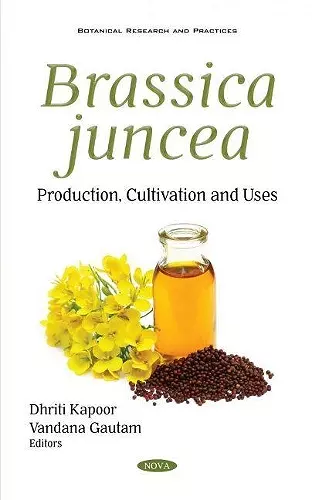Brassica juncea
Production, Cultivation and Uses
Format:Hardback
Publisher:Nova Science Publishers Inc
Published:4th Mar '21
Currently unavailable, our supplier has not provided us a restock date

This non-fiction hardback, "Brassica juncea" from Dhriti Kapoor, was published 4th March 2021 by Nova Science Publishers Inc.
ISBN: 9781536192414
Dimensions: unknown
Weight: 542g
308 pages